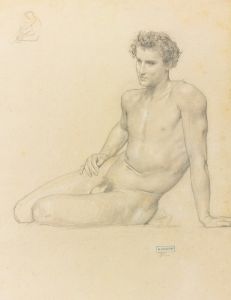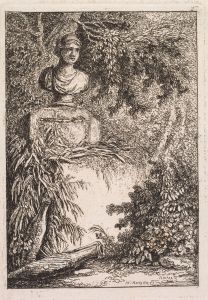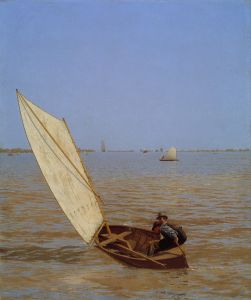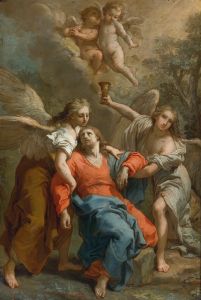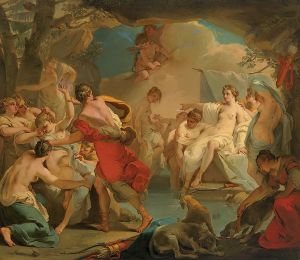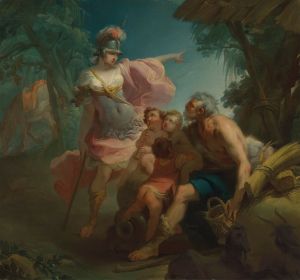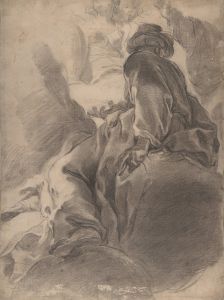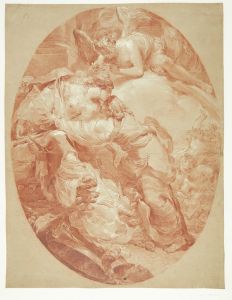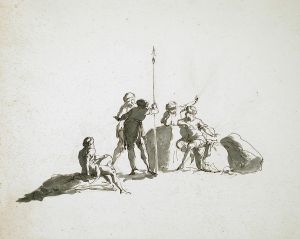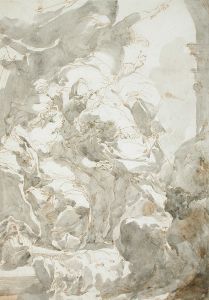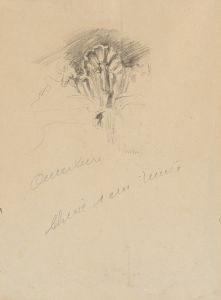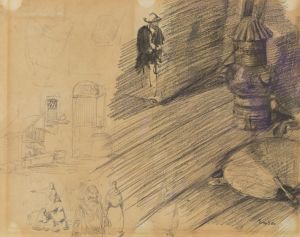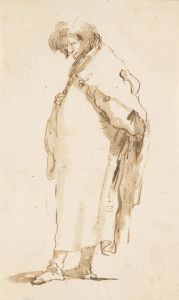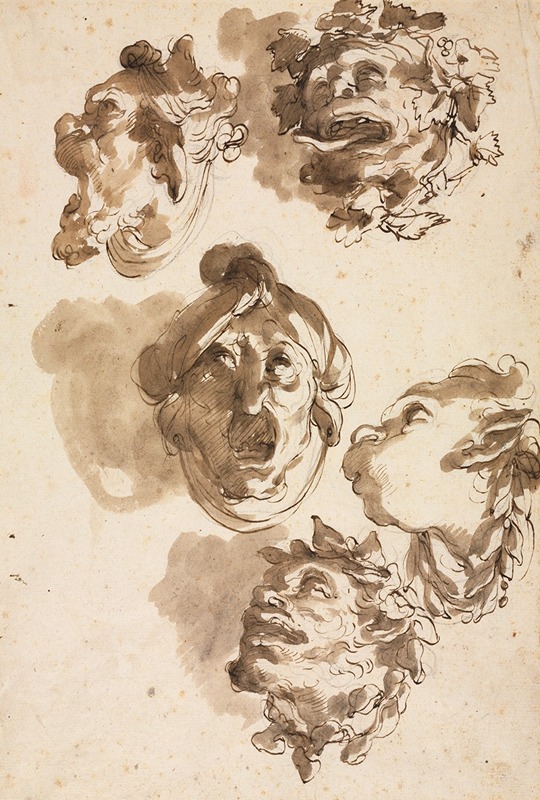
Five Grotesque Heads
A hand-painted replica of Gaetano Gandolfi’s masterpiece Five Grotesque Heads, meticulously crafted by professional artists to capture the true essence of the original. Each piece is created with museum-quality canvas and rare mineral pigments, carefully painted by experienced artists with delicate brushstrokes and rich, layered colors to perfectly recreate the texture of the original artwork. Unlike machine-printed reproductions, this hand-painted version brings the painting to life, infused with the artist’s emotions and skill in every stroke. Whether for personal collection or home decoration, it instantly elevates the artistic atmosphere of any space.
"Five Grotesque Heads" is a notable drawing by the Italian artist Gaetano Gandolfi, who was an influential figure in the 18th-century Bolognese school of painting. Born in 1734 in San Matteo della Decima, near Bologna, Gandolfi was part of a prominent family of artists, including his brother Ubaldo Gandolfi. Gaetano Gandolfi is renowned for his dynamic compositions, vibrant use of color, and expressive figures, which are evident in his various works, including frescoes, altarpieces, and drawings.
The drawing "Five Grotesque Heads" is a fine example of Gandolfi's skill in capturing human expressions and emotions. This piece, created with pen and ink, showcases five distinct and exaggerated facial expressions, each head displaying a different grotesque or caricatured emotion. The drawing is often praised for its detailed and lively portrayal of human physiognomy, demonstrating Gandolfi's keen observational skills and his ability to convey character and mood through facial features.
Gandolfi's interest in grotesque heads can be linked to the broader tradition of caricature and grotesque art that was popular in the 18th century. This tradition can be traced back to earlier artists such as Leonardo da Vinci, who also created studies of exaggerated and grotesque faces. These works were not only exercises in artistic skill but also served as a means of exploring the range of human expression and the boundaries of beauty and ugliness.
"Five Grotesque Heads" reflects Gandolfi's mastery of line and form, as well as his ability to infuse his subjects with a sense of vitality and movement. The drawing is characterized by its fluid lines and the dynamic interplay of light and shadow, which give the heads a three-dimensional quality. Each head is distinct, with exaggerated features that convey a range of emotions from surprise and anger to amusement and contemplation.
This drawing is part of a larger body of work that includes similar studies of heads and figures, which Gandolfi often used as preparatory sketches for his larger compositions. These studies allowed him to experiment with different expressions and poses, refining his technique and deepening his understanding of human anatomy and expression.
"Five Grotesque Heads" is held in high regard by art historians and collectors, and it is considered an important example of Gandolfi's work in the genre of grotesque and caricature. The drawing is part of the collection at the British Museum, where it continues to be studied and admired for its artistic merit and historical significance.
In summary, "Five Grotesque Heads" by Gaetano Gandolfi is a remarkable drawing that exemplifies the artist's talent for capturing the nuances of human expression through exaggerated and caricatured forms. It stands as a testament to Gandolfi's skill and creativity, as well as his contribution to the tradition of grotesque art in the 18th century.





